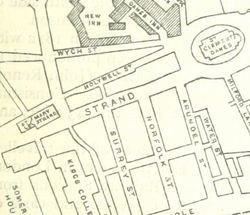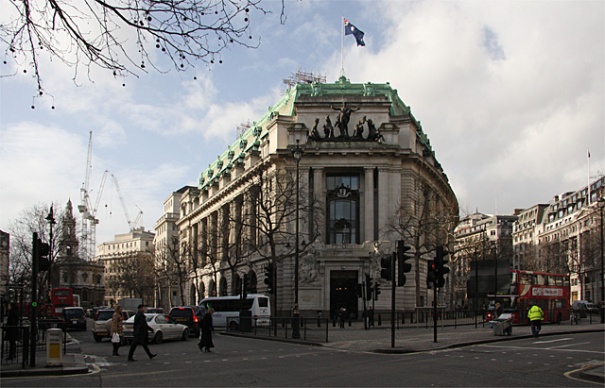With origins dating back to a cheese stall established by Stephen Cullum in Aldwych in 1742, Paxton & Whitfield are generally said to be the oldest cheesemongers still operating in London (and one of the oldest in the UK).
Cullum’s business was successful enough that in the 1770s he opened a shop in Swallow Street. By 1790 his son Sam had taken over the business and took two new partners – Harry Paxton and Charles Whitfield.
In 1835 – with Swallow Street demolished to make way for the construction of Regent Street – Sam moved the business to new premises at 18 Jermyn Street (Sam died the following year).
In 1850, the business received the Royal Warrant of Queen Victoria and just three years later finally settled on the name Paxton and Whitfield which the company still bears to this day.
In 1896, the business moved to its current premises at 93 Jermyn Street and a flurry of Royal Warrants followed – that of King Edward VII in 1901, King George V in 1910, King George VI in 1936, Queen Elizabeth, the Queen Mother in 1972, Prince Charles in 1998 and Queen Elizabeth II in 2002.
The firm, meanwhile, has since passed through several hands but continued on at the same premises (albeit becoming, during the period between the two World Wars, an ordinary grocery shop due to the lack of supply of eggs, butter and cheese).
Business picked up after World War II and the company opened shops in Stratford-upon-Avon and Bath. In 2009 formed a partnership with Parisian cheese mongers, Androuet, and in 2014 it opened a new shop in Cale Street, Chelsea.
For more, see www.paxtonandwhitfield.co.uk.
PICTURE: Herry Lawford (licensed under CC BY 2.0)




